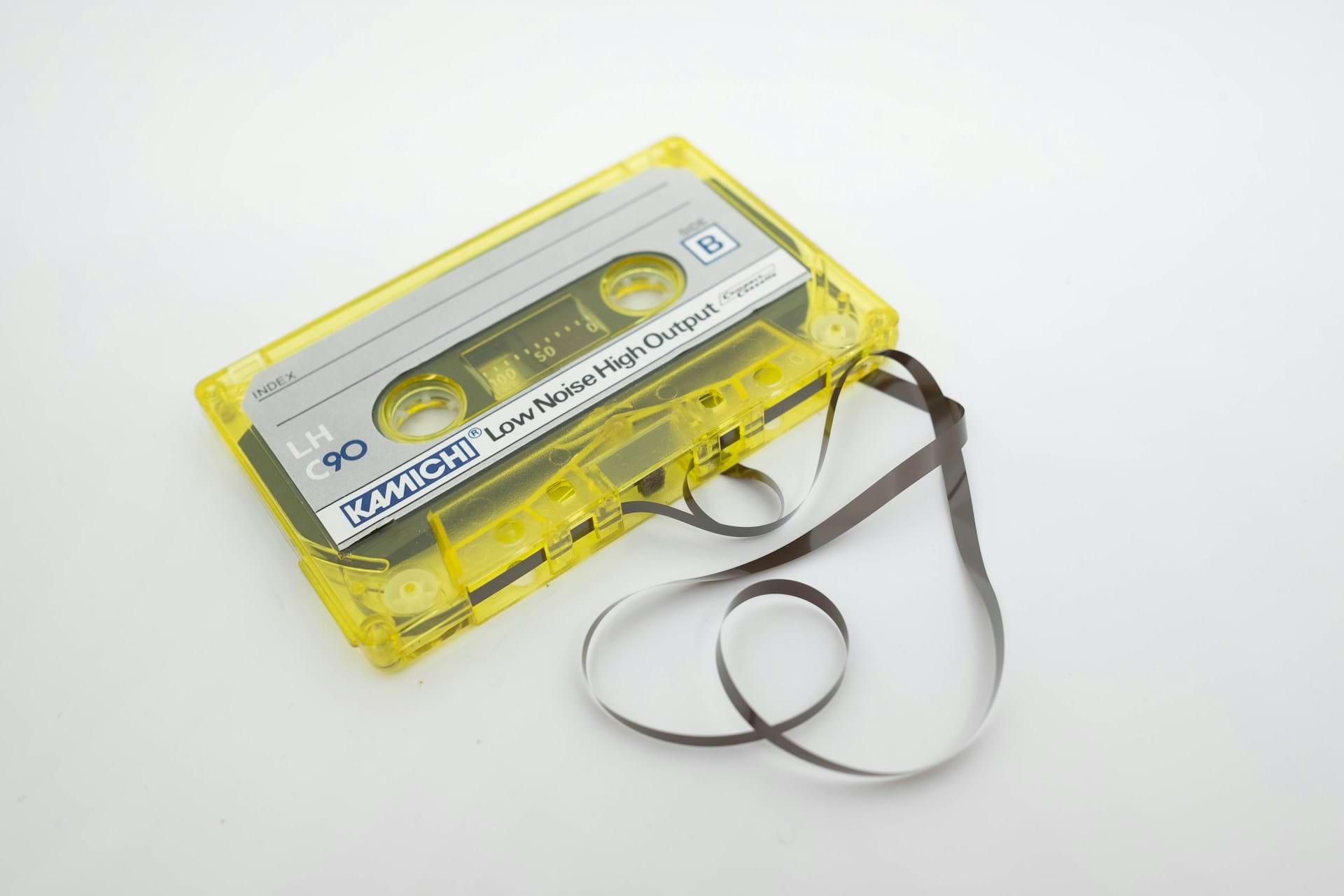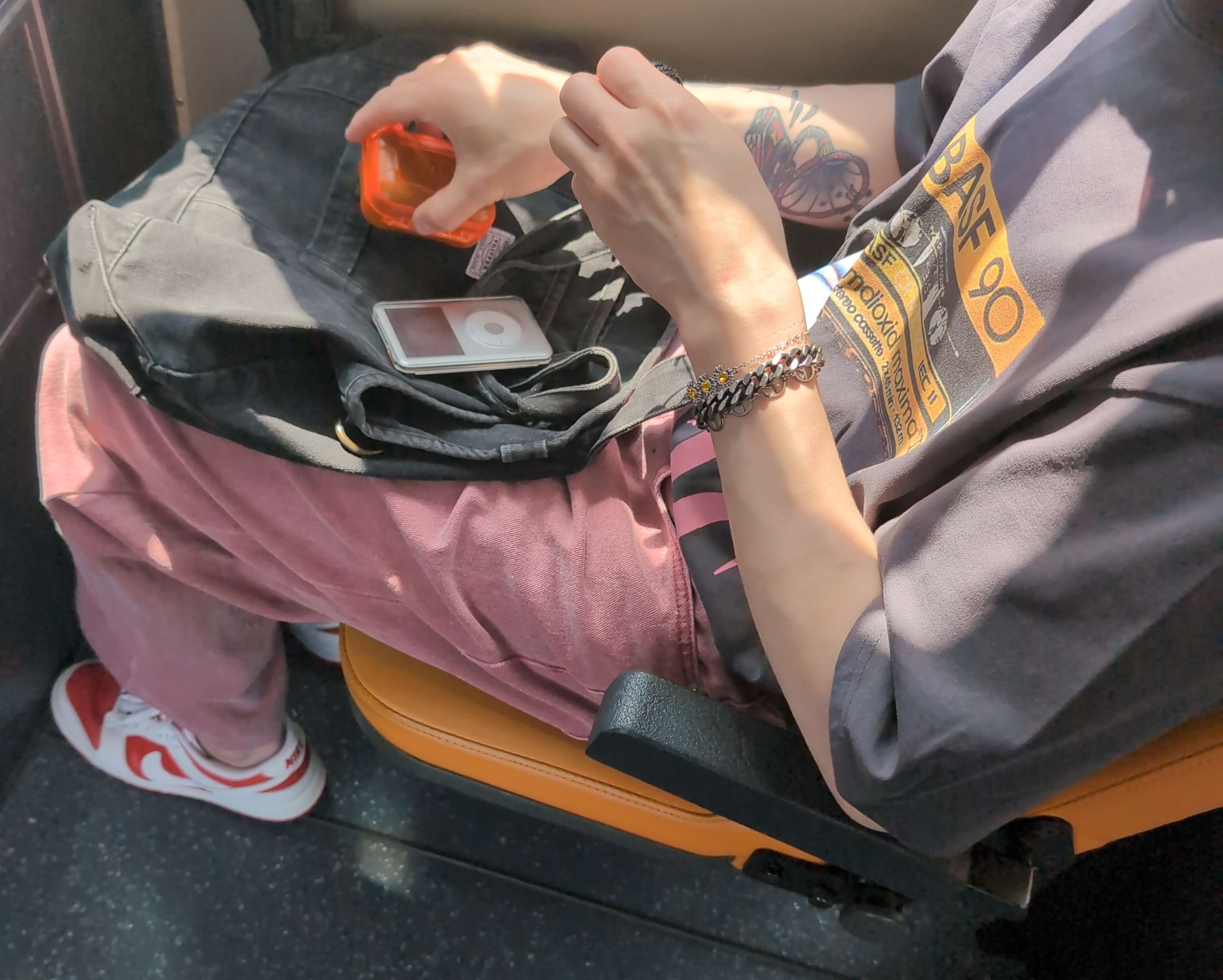How a Pair of In-Ear Monitors Made Me Actually Hear Music Again
From a chance encounter on a Seoul bus to discovering the transformative power of proper audio gear - without breaking the bank.

It started with a stranger on a Seoul bus.
I spotted this guy handling his old iPod like it was made of glass. His earphones weren't the usual white cables everyone wore. They looked different. Serious. I snapped a photo and later discovered they were Westone Audio earphones. Around €500.
That moment planted a seed I'd been avoiding for years.
The Audiophile Dilemma
The world of high-end audio has always terrified me. Not because I don't care about sound quality. The opposite, actually. I care too much.
There's something unsettling about discovering you've been listening to music wrong your entire life. Like finding out you've been wearing glasses with the wrong prescription for decades.
Plus, the costs. Oh, the costs.
But here's the thing: after years of unlimited streaming access to every song ever recorded, something was missing. The ritual. The intention. The pure focus on sound.
I was drowning in musical abundance but starving for musical presence.
The Small Upgrade Philosophy
Sometimes a modest investment opens an entirely new world. You don't need to spend thousands to cross that threshold. You just need to step over it.
The key is finding the right entry point. Something that delivers real improvement without the financial terror.
What I Chose

Step One: The Source
I started by ripping some of my favorite CDs to FLAC files. No streaming compression. No algorithmic choices. Just the music I actually wanted to hear, in full quality.
Step Two: The Earphones
After weeks of research, I landed on the Truthear Hexa. They appeared in every "best budget audiophile" list. Around €80. Sustainable entry point.
The difference was immediate. Instruments I'd never noticed before suddenly had space. Vocals gained texture. Bass became precise instead of muddy.
Step Three: The Mobile Solution
I wanted this experience on the go. My first idea was installing Rockbox on an old iPod Video 5.5. Classic approach. But the total cost made me hesitate.
Instead, I grabbed a Google Pixel 8 Pro with GrapheneOS (yes, I like experimenting with alternative operating systems). The plan was simple: transfer the FLAC files and use a decent DAC adapter.
The white 3.5mm to USB-C dongle I had at home didn't work. Of course it didn't.
So I ordered a Girftu JCALLY JM6 Pro USB-C to 3.5mm Dual DAC with CX31993 and MAX97220 chips. Technical names that basically mean "this 7€ dongle will make your music sound better".
It worked perfectly.
The Revelation
Here's what changed: I started listening to complete albums again. Not shuffling through playlists. Not skipping after thirty seconds. Actually listening.
The Truthear Hexa revealed details I'd missed for years. The slight reverb on a vocal track. The way a bass line moves through the stereo field. The breathing space between instruments.
It wasn't just better sound quality. It was better listening habits. It was also: oh, Billie Eilish, you really know your trade, goddess.
The Real Upgrade
The equipment mattered, but the mindset shift mattered more.
Taking time to choose what to listen to. Creating a small ritual around the experience. Focusing on the music instead of treating it as background noise.
Sometimes the best upgrades aren't about spending more money. They're about paying more attention.
The stranger on the Seoul bus was onto something. It wasn't just about expensive earphones. It was about treating music like it deserved careful listening.
Now I do the same thing. I handle my setup with the same reverence. Not because it's fragile, but because the experience it provides is worth protecting.
Music sounds different when you actually listen to it.
Thank you, stranger!
